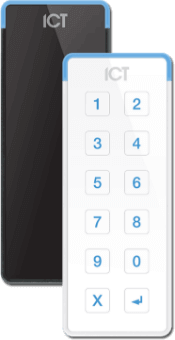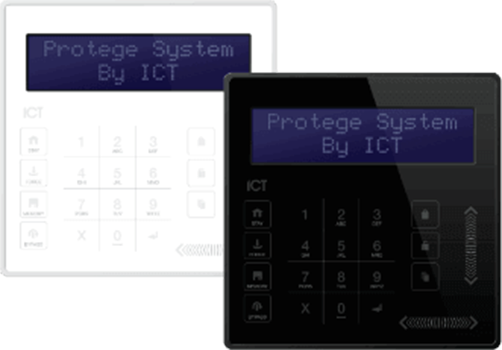Video MGMT System
 Access Control
Access Control
Voice & Data Wiring
 Burglar Alarm
Burglar Alarm
 Fire Alarm
Fire Alarm
Video MGMT System
Voice & Data Wiring
Too busy to read? Here’s a summary:
Unlike traditional lock-and-key security methods, door access control systems use electronic components and software to authenticate users and grant or deny access based on predefined criteria.
The capabilities of a door access control system extend far beyond those of traditional lock-and-key systems.
In addition to making it much more difficult for unauthorized individuals to gain access to secured sites, administrators can easily set different access levels for different users, ensuring that individuals only have access to areas relevant to their roles.
What’s more, door access control systems maintain detailed audit trails by logging each entry and exit. This feature can be crucial for monitoring and regulatory compliance purposes.
Lastly, the ability to manage the system remotely via software adds an extra layer of convenience and control that traditional keys cannot match. Access control systems allow for immediate remote adjustments to access permissions.
Door access control systems offer a robust and flexible solution for site security. With various types and features to choose from, these systems can be tailored to meet the specific needs of your business or organization.
For assistance selecting a cost-effective door access control system that will reliably meet the entry management and security needs of your property, reach out to Mammoth Security today. We’re offering free, zero-obligation site surveys and security assessments to businesses and organizations just like yours.
NOT COMPLETELY SURE?
860-748-4292A door access control system enhances security by using electronic authentication methods, making it more difficult for unauthorized individuals to gain access compared to traditional lock-and-key systems.
The components of a door access control system include hardware like card readers, keypads, and biometric scanners, as well as software elements like a user interface and a database for storing access logs.
In a door access control system, electronic authentication works by requiring the user to present a credential such as a card, code, or biometric data, which is then checked against a database for authorization.
Access levels in a door access control system refer to the different permissions set by administrators, allowing individuals to access only areas relevant to their roles within the organization.
A biometric scanner in a door access control system is a device that scans unique biological features like fingerprints, retinas and faces for authentication.
The primary types of door access control systems include Discretionary Access Control (DAC), Mandatory Access Control (MAC), and Role-Based Access Control (RBAC), each with its own set of policies for granting access.
In a door access control system, authorization and authentication work in tandem. The user first presents a credential for authentication, which is then checked against a database for authorization. If the credentials match, access is granted; otherwise, it is denied.